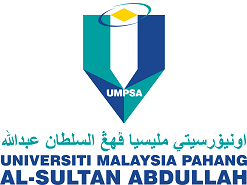OPTIMIZATION OF ACTIVATED CARBON SYNTHESIS USING RESPONSE SURFACE METHODOLOGY TO ENHANCE H2S REMOVAL FROM REFINERY WASTEWATER
DOI:
https://doi.org/10.15282/jceib.v1i1.3715Keywords:
sawdust, activated carbon, response surface methodology, hydrogen sulfide, wastewaterAbstract
The main point of this study is to investigate the optimal conditions for preparation of activated carbon from wood sawdust (ACWSD) for removal of hydrogen sulfide (H2S) from wastewater. The response surface methodology (RSM) was employed to prepare the ACWSD by chemical activation with potassium hydroxide (KOH). The threepreparation variables impact of activation temperature (724 – 1000 °C), KOH: precursor (wt%) impregnation ratio (IR) (2:1 – 4:1) and activation time (60 – 120 min) on removal efficiency (RE, %) of H2S and activated carbon yield (ACY, %) were investigated. The preparation parameters were correlated by developing a quadratic model depend on the central composite design (CCD) to the two responses. The analysis of variance (ANOVA) was identified the most influential variable on each experimental design responses. The results showed that the temperature of 854 °C, chemical impregnation ratio of 2.95 wt% and activation time of 80 min were the optimum conditions for preparation of ACWSD with responses of RE and ACY of 72.88 % and 31.89 %, respectively. It is concluded that the ACWSD was appeared to be a favorable substance for removal of dissolved H2S from synthetic wastewater.




